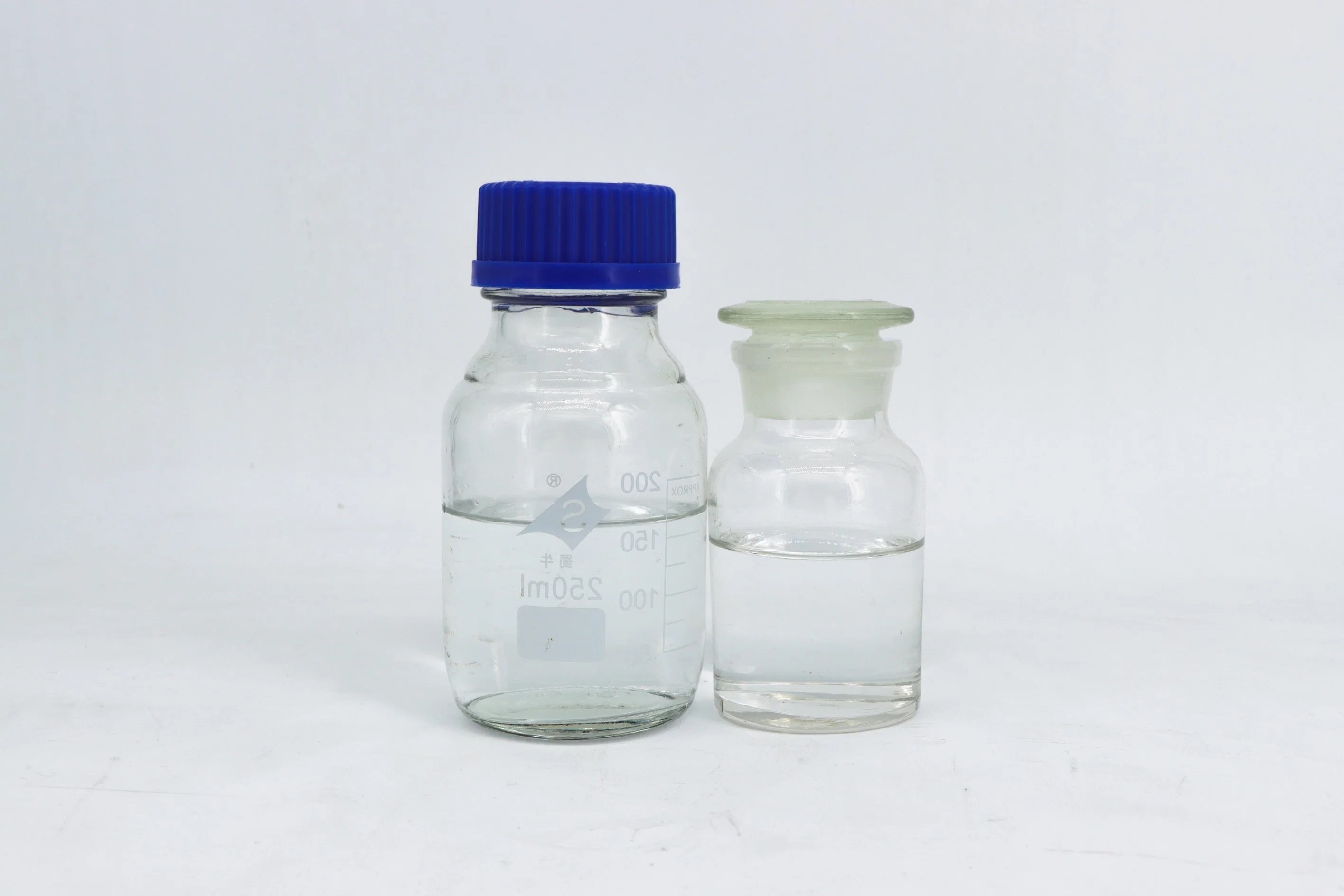
What is n-Octane? n-Octane is a hydrocarbon with the chemical formula C8H18. It's a colorless liquid found in gasoline, contributing to its energy content. This compound is part of the alkane family, meaning it consists solely of hydrogen and carbon atoms connected by single bonds. n-Octane is often used in laboratories and industries to calibrate equipment and test fuel performance. Its high octane rating makes it valuable in preventing engine knocking. Understanding n-Octane helps us appreciate the complexities of fuel chemistry and its impact on everyday life. Ready to dive into more intriguing facts about this essential hydrocarbon?
What is n-Octane?
n-Octane is a hydrocarbon with the chemical formula C8H18. It's a colorless liquid often used in fuel and chemical industries. Here are some fascinating facts about n-Octane.
-
Chemical Structure: n-Octane is an alkane, meaning it consists only of carbon and hydrogen atoms connected by single bonds.
-
Isomers: There are 18 structural isomers of octane, but n-Octane is the straight-chain version.
-
Boiling Point: n-Octane has a boiling point of 125.6°C (258.1°F).
-
Melting Point: Its melting point is -56.8°C (-70.2°F).
-
Density: The density of n-Octane is approximately 0.703 g/cm³ at 20°C.
-
Solubility: n-Octane is insoluble in water but soluble in organic solvents like ethanol and ether.
Uses of n-Octane
n-Octane has various applications, primarily in the fuel industry but also in other sectors. Let's explore some of its uses.
-
Fuel Component: n-Octane is a significant component of gasoline, contributing to its energy content.
-
Octane Rating: It serves as a reference point for the octane rating system, which measures fuel's ability to resist knocking.
-
Chemical Synthesis: Used as a solvent and in the synthesis of other chemicals.
-
Laboratory Reagent: Employed in laboratories for research and development.
-
Calibration Standard: Acts as a calibration standard in gas chromatography.
Physical Properties of n-Octane
Understanding the physical properties of n-Octane helps in its various applications. Here are some key properties.
-
Viscosity: n-Octane has a low viscosity, making it flow easily.
-
Flash Point: The flash point of n-Octane is 13°C (55.4°F), indicating it can ignite at relatively low temperatures.
-
Vapor Pressure: At 20°C, its vapor pressure is 13.9 mmHg.
-
Refractive Index: The refractive index of n-Octane is 1.397 at 20°C.
-
Heat of Combustion: It has a high heat of combustion, releasing significant energy when burned.
Safety and Handling of n-Octane
Handling n-Octane requires caution due to its flammability and potential health effects. Here are some safety facts.
-
Flammable: Highly flammable and should be kept away from open flames and sparks.
-
Health Hazards: Inhalation can cause dizziness, headaches, and respiratory issues.
-
Skin Contact: Prolonged skin contact can lead to irritation and dermatitis.
-
Storage: Should be stored in a cool, well-ventilated area away from incompatible substances.
-
Spill Response: In case of a spill, use absorbent materials and ensure proper ventilation.
Environmental Impact of n-Octane
n-Octane's environmental impact is a concern, especially regarding air quality and water contamination. Here are some environmental facts.
-
Air Pollution: Combustion of n-Octane contributes to air pollution, releasing CO2 and other pollutants.
-
Water Contamination: Spills can contaminate water sources, affecting aquatic life.
-
Biodegradability: n-Octane is not readily biodegradable, persisting in the environment for extended periods.
-
Regulations: Subject to environmental regulations to minimize its impact on air and water quality.
Final Thoughts on n-Octane
n-Octane, a hydrocarbon with eight carbon atoms, plays a crucial role in fuel chemistry. Its high energy content makes it a key component in gasoline, ensuring efficient engine performance. This compound, found in crude oil, undergoes refining to become part of the fuel we use daily. Its properties, like a high octane rating, help prevent engine knocking, making it essential for modern engines. Understanding n-Octane's role in fuel and its impact on engine efficiency highlights its importance in our daily lives. This knowledge not only helps in appreciating the science behind fuels but also in making informed decisions about energy use. Whether you're a student, a car enthusiast, or just curious, knowing these facts about n-Octane enriches your understanding of the fuels that power our world.
Was this page helpful?
Our commitment to delivering trustworthy and engaging content is at the heart of what we do. Each fact on our site is contributed by real users like you, bringing a wealth of diverse insights and information. To ensure the highest standards of accuracy and reliability, our dedicated editors meticulously review each submission. This process guarantees that the facts we share are not only fascinating but also credible. Trust in our commitment to quality and authenticity as you explore and learn with us.


